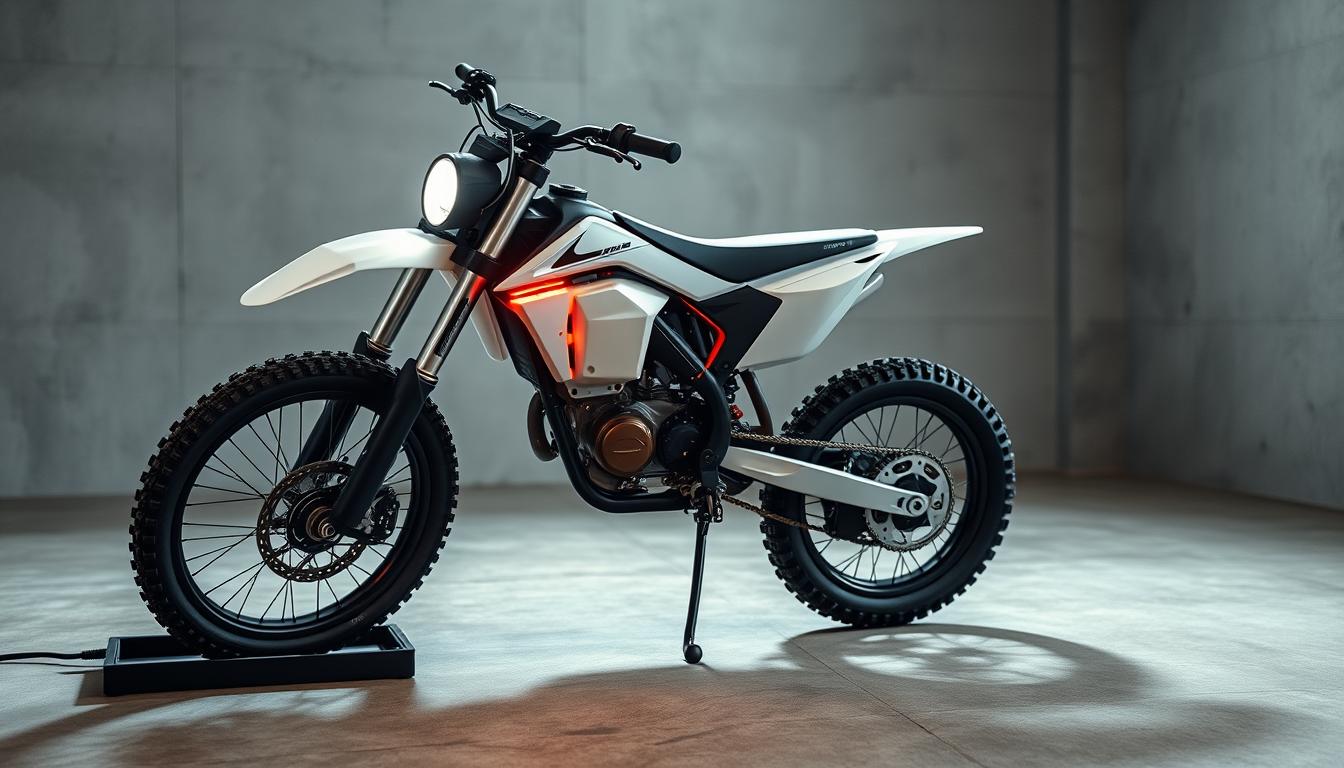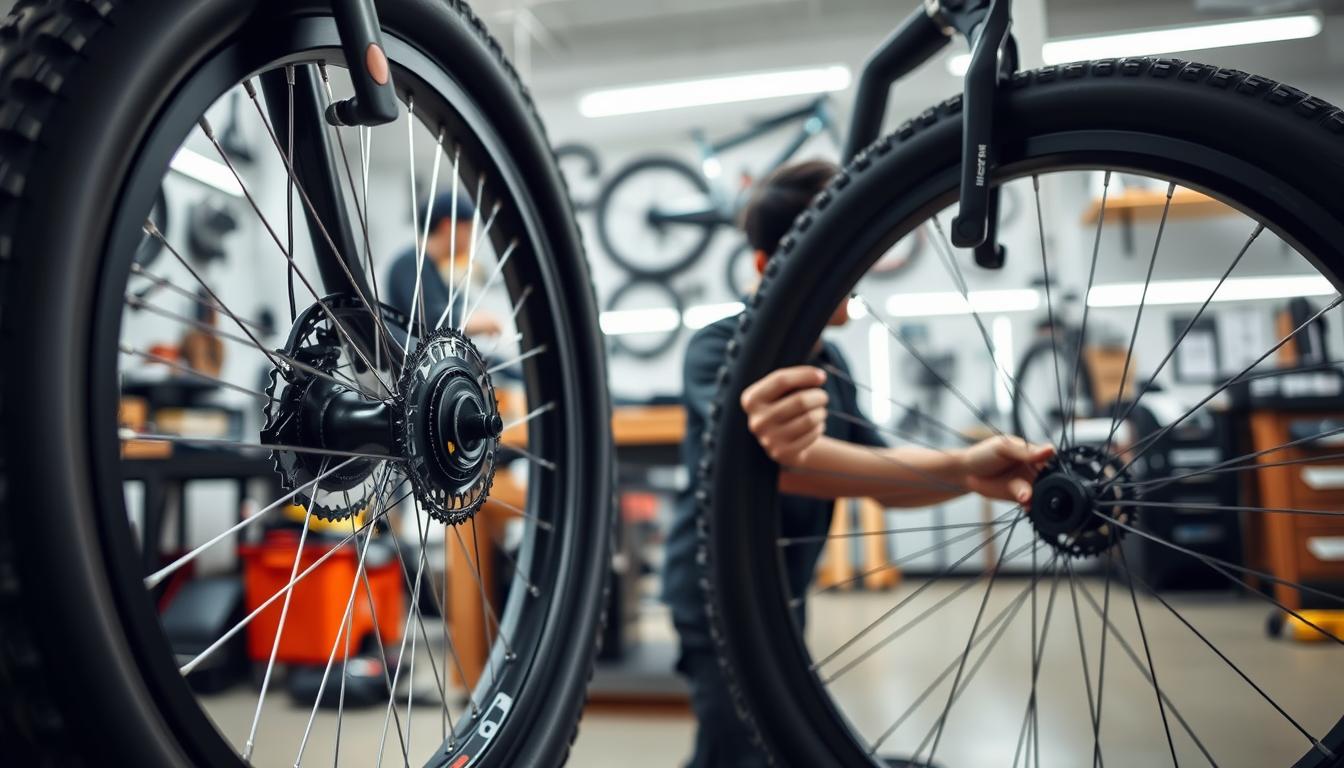Maintaining your electric bike’s brakes is crucial for both performance and safety. Over time, brake pads wear down due to normal use, leading to slower braking response times and potentially causing accidents.

This guide will walk you through the process of replacing brake pads on your electric bike, ensuring your braking system remains in top condition. Regular inspection and maintenance are key to optimal braking performance and extending the life of your brakes.
By following this step-by-step guide, you’ll learn how to identify when your pads need replacement and understand the potential safety risks associated with worn brake pads, ensuring a safer ride on your bike.
Why Regular Brake Pad Maintenance Matters
Maintaining your EV bike’s brake system, particularly the brake pads, is essential for optimal braking performance. Without proper maintenance, both mechanical and hydraulic disc brakes are subject to compromised performance, potentially leading to reduced brake responsiveness or even total failure.
Signs Your EV Bike Brake Pads Need Replacement
Key indicators that your brake pads need replacement include squealing or grinding noises when applying the brake lever, reduced braking power, and visible wear when inspecting the pad thickness. Regular brake pad inspection can help identify these issues before they become major problems.
Safety Implications of Worn Brake Pads
Worn brake pads can significantly increase stopping distance, posing a particular danger on heavier electric bikes that carry more momentum. Riding with compromised brakes puts both you and others at risk, as sudden brake failure can lead to accidents, especially at higher speeds or in emergency situations.
Essential Tools and Materials for Brake Pad Replacement
To successfully replace your EV bike’s brake pads, you’ll need to gather a few essential tools and materials.

Required Tools Checklist
The essential tools for this job include Allen wrenches (typically 5mm), needle-nose pliers for handling the cotter pin, and potentially a Torx wrench depending on your specific brake model.
Additional helpful items include isopropyl alcohol for cleaning the brake components and a clean rag.
Choosing the Right Replacement Brake Pads
You’ll need new brake pads that are compatible with your specific EV bike model and brake system. Consider factors like your riding style, typical terrain, and weather conditions you ride in.
For aggressive riders or those who ride in hilly areas, sintered metallic pads offer better stopping power and heat dissipation.
Safety Precautions Before You Begin
Before diving into the replacement process, it’s crucial to ensure your safety while working on your EV bike’s brake system. Always refer to your e-bike’s manual for specific instructions, as different models may have unique requirements.
Protective Gear Recommendations
Wear protective gear like gloves and safety glasses to prevent injury from sharp edges, chemicals, and debris. This simple precaution can significantly reduce the risk of accidents.
Workspace Preparation Tips
Ensure your workspace is clean, well-lit, and well-ventilated. This is particularly important when working with cleaning solvents or brake fluids. A stable and secure bike, either on a bike stand or flipped upside down on a soft surface, is also essential.
| Safety Measure | Description |
|---|---|
| Wear Protective Gear | Use gloves and safety glasses to protect against sharp edges and debris. |
| Ensure Good Ventilation | Work in a well-ventilated area to avoid inhaling harmful fumes from cleaning agents. |
| Secure Your Bike | Use a bike stand or flip your bike upside down on a soft surface to prevent damage. |
How to Inspect Your Current EV Bike Brake Pads
A proper inspection of your EV bike’s brake pads is the first step in determining if a replacement is needed. To inspect your brake pads, you’ll need to locate them within the brake caliper.
Checking Pad Thickness and Wear Patterns
Check the thickness of your brake pads – they should have at least 1.5mm of material remaining. Examine the pads for any signs of damage such as chunks missing or uneven wear patterns.
Identifying Contamination and Damage
Look for contamination from oil, grease, or other substances on the disc brake pads. Pay attention to any glazing on the brake pads
Step-by-Step Process to Remove Old Brake Pads
The process of removing old brake pads requires attention to detail and the right tools. This step is crucial for maintaining your EV bike’s braking system.
Removing the Wheel (If Necessary)
First, determine if you need to remove the wheel to access the brake caliper. On some bikes, this is necessary, while on others, you can work with the wheel in place. If removal is needed, release the quick-release lever or unscrew the axle nuts, noting the position of any spacers for reassembly.
Locating and Removing the Brake Caliper Bolts
Locate the bolts holding your brake caliper to the rear triangle. There will typically be one at the top and one at the bottom. Use a 5mm Allen key to remove these bolts, keeping track of any washers or spacers.

Extracting the Cotter Pin
Find the cotter pin that secures the brake pads inside the caliper. It’s a metal pin with a looped head and a bent end. Use needle-nose pliers to straighten the bent end, then push the pin out and set aside.
Safely Removing the Old Brake Pads
Gently press down on the spring mechanism underneath where the cotter pin was. Flip the caliper around, and you’ll see the brake pads emerging. Push them out and set aside, noting their orientation for correct installation of the new pads.
Installing New Brake Pads on Your EV Bike
With the old brake pads removed, it’s time to install new ones and get your EV bike braking smoothly again. This process involves several key steps to ensure your brakes function properly and safely.
Cleaning the Brake Caliper
Before installing the new brake pads, take a moment to clean the brake caliper using isopropyl alcohol and a clean rag. This removes any dirt, debris, or old brake dust that might interfere with the new pads.
Inserting the New Brake Pads
Examine the new brake pads to understand their orientation. Typically, they have a specific way they need to be installed, with the spring clip positioned correctly. Pinch the new brake pads together with the spring mechanism between them, then slide them into the center of the caliper, making sure they’re fully seated.
Reinstalling the Cotter Pin
Once the pads are properly positioned, reinsert the cotter pin through the holes in the caliper and pads. Use needle-nose pliers to carefully bend the end of the cotter pin to approximately a 90-degree angle to secure it in place.
Reattaching the Brake Caliper
Align the brake caliper with its mounting points on the bike frame, ensuring the brake rotor is centered between the new pads. Reattach the caliper to the frame using the mounting bolts, being careful not to overtighten them.
| Step | Description | Tools Required |
|---|---|---|
| 1 | Clean the brake caliper | Isopropyl alcohol, clean rag |
| 2 | Insert new brake pads | New brake pads |
| 3 | Reinstall cotter pin | Needle-nose pliers |
| 4 | Reattach brake caliper | 5mm Allen key |
Testing and Adjusting Your New Brake Pads
Once you’ve installed new brake pads, thorough testing and adjustment are necessary to guarantee optimal braking performance. This step is crucial for ensuring your safety on the road.
Initial Brake Function Test
Begin by spinning the wheel to check if the rotor moves freely between the brake pads without rubbing. If there’s contact, you’ll need to adjust the caliper alignment. To do this, slightly loosen the mounting bolts, squeeze the brake lever to center the caliper over the rotor, and then retighten the bolts while holding the lever.
Test the brake lever feel – it should engage with a firm, responsive action without feeling spongy or requiring excessive force.
Fine-Tuning Brake Pad Alignment
Perform a static brake test by squeezing the lever firmly and attempting to push the bike forward. The wheel should not rotate when the brake is fully engaged. Take your bike for a gentle test ride in a safe, traffic-free area, gradually testing the brakes at increasing speeds to ensure they’re functioning properly.
| Test | Description | Expected Outcome |
|---|---|---|
| Wheel Spin Test | Spin the wheel to check for rotor and brake pad contact | Rotor moves freely without rubbing |
| Brake Lever Test | Squeeze the brake lever to check its feel and response | Firm, responsive action without sponginess |
| Static Brake Test | Squeeze the brake lever and attempt to push the bike | Wheel does not rotate when brake is engaged |
Listen for any unusual noises during braking. New brake pads may make some noise initially but shouldn’t produce harsh grinding or squealing sounds. If you notice any issues during testing, return to the adjustment phase before riding at normal speeds.
Conclusion: Maintaining Your EV Bike Braking System
To ensure your safety on the road, maintaining your EV bike’s braking system is vital. Regularly check your brake pads every 500-1000 miles or 3-6 months, depending on your riding frequency and conditions. Look for signs of wear, such as thinning pads or excessive noise. Replace brake pads in pairs to maintain even braking performance. Keep your disc brakes clean and lubricated to ensure reliable stopping power. By investing time in brake maintenance, you’re investing in your safety and the longevity of your EV bike.

